Best used smartphones in 2025
If you're looking for a low-priced phone that still delivers great features, consider buying one of the best used smartphones.
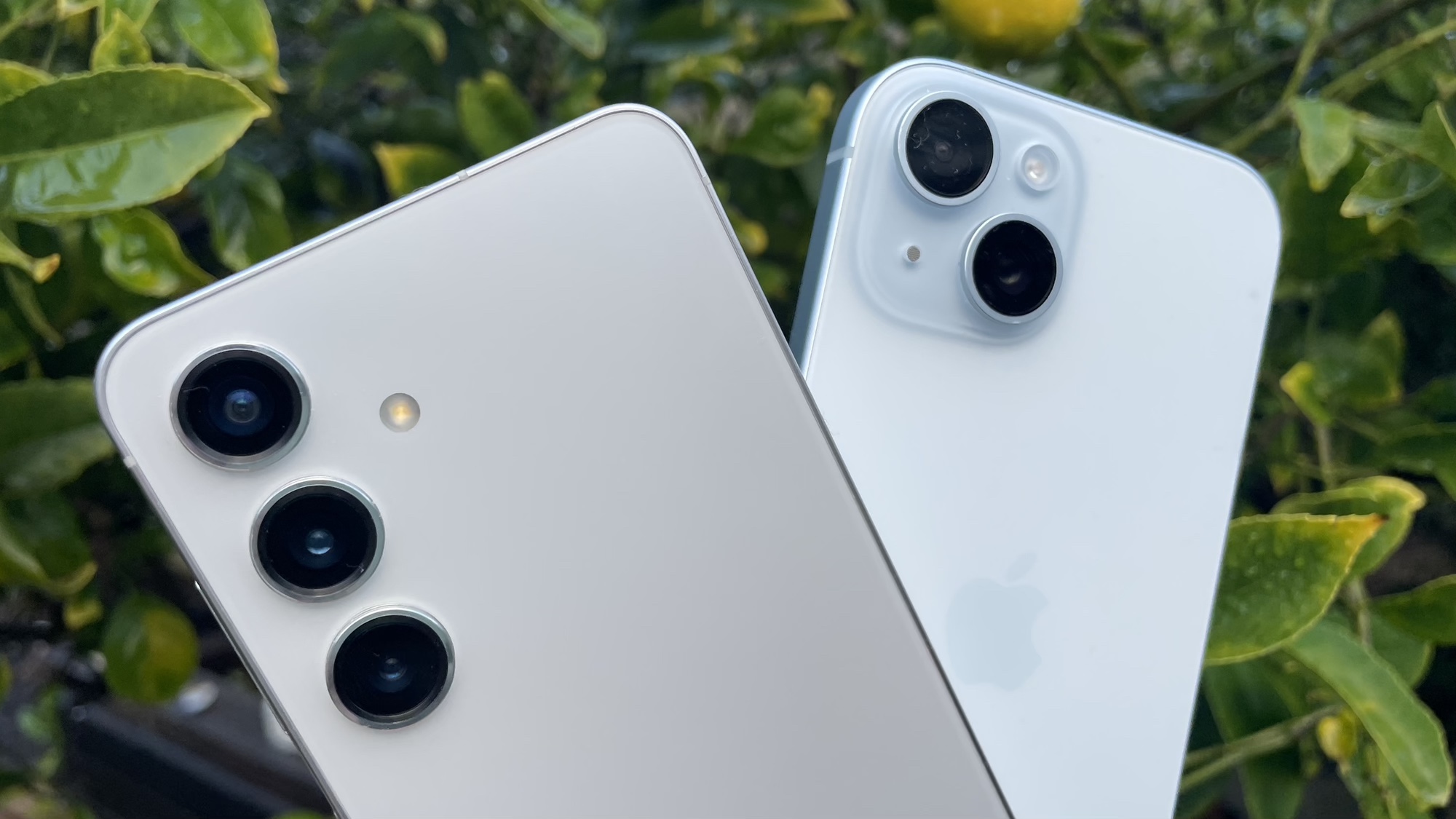
The best used smartphones are a great way to save yourself money when buying a recently-released device. The latest and best smartphones are pricey, and they're only getting more expensive with time. So if you need a new device, and are short on cash, buying a used device lets you save cash for something more important.
The best phones often get healthy price cuts when their successors appear, and because of how people upgrade, it's usually very easy to pick up a gently used or professionally-refurbished handset that isn't that old. Plus with software support lasting longer than ever with the right devices, you're a lot less likely to need to worry about losing update support.
Often the best used phones are just last year's flagship, and our current top pick is the iPhone 15. It may not be as powerful as the iPhone 16, but it still offers all the great iPhone features like great quality photos and long battery life. If you're more of an Android fan then there's always the Samsung Galaxy S24 or the Google Pixel 8, both of which have their own unique spin on what Android phones should be — and up to several years of software support. So even though they may be a little older, they should still last for a long time.
While Amazon, Gazelle, Swappa, and eBay are all good places to search for the best used smartphones, don't forget to shop around in other places as well like the Facebook Marketplace and OfferUp. So whether you want an iPhone, a Samsung or something else entirely, these are the best used smartphones you can pick up right now.
The quick list
Here are the best used smartphones you can buy right now, based on our own testing. You can scroll down the page to find more in-depth information about each model and what makes them so great.
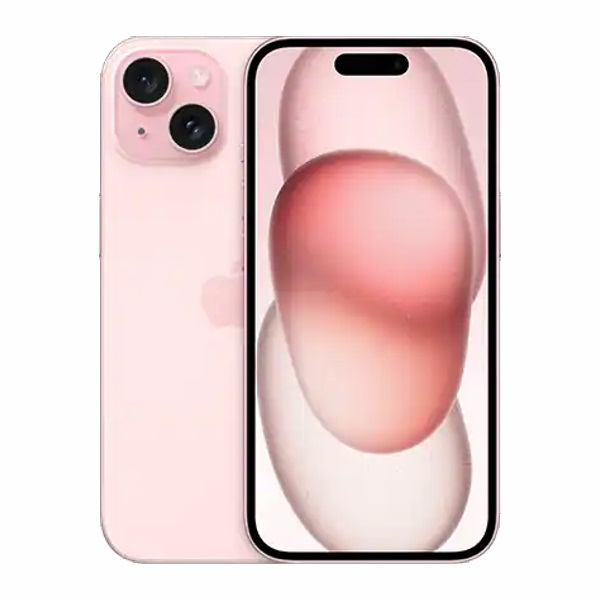
If you're looking for the iPhone experience without paying for an iPhone 16, there's never any shortage of last year's iPhones. The iPhone 15 comes with a nice bright display, improved performance, good battery life, a fantastic set of cameras and the Dynamic Island cutout. What more could you ask for?

If you still need something cheap, then look no farther than the Pixel 8a. Not only does it take incredible looking photos with its dual cameras, but it's rich with many Google AI features as well.
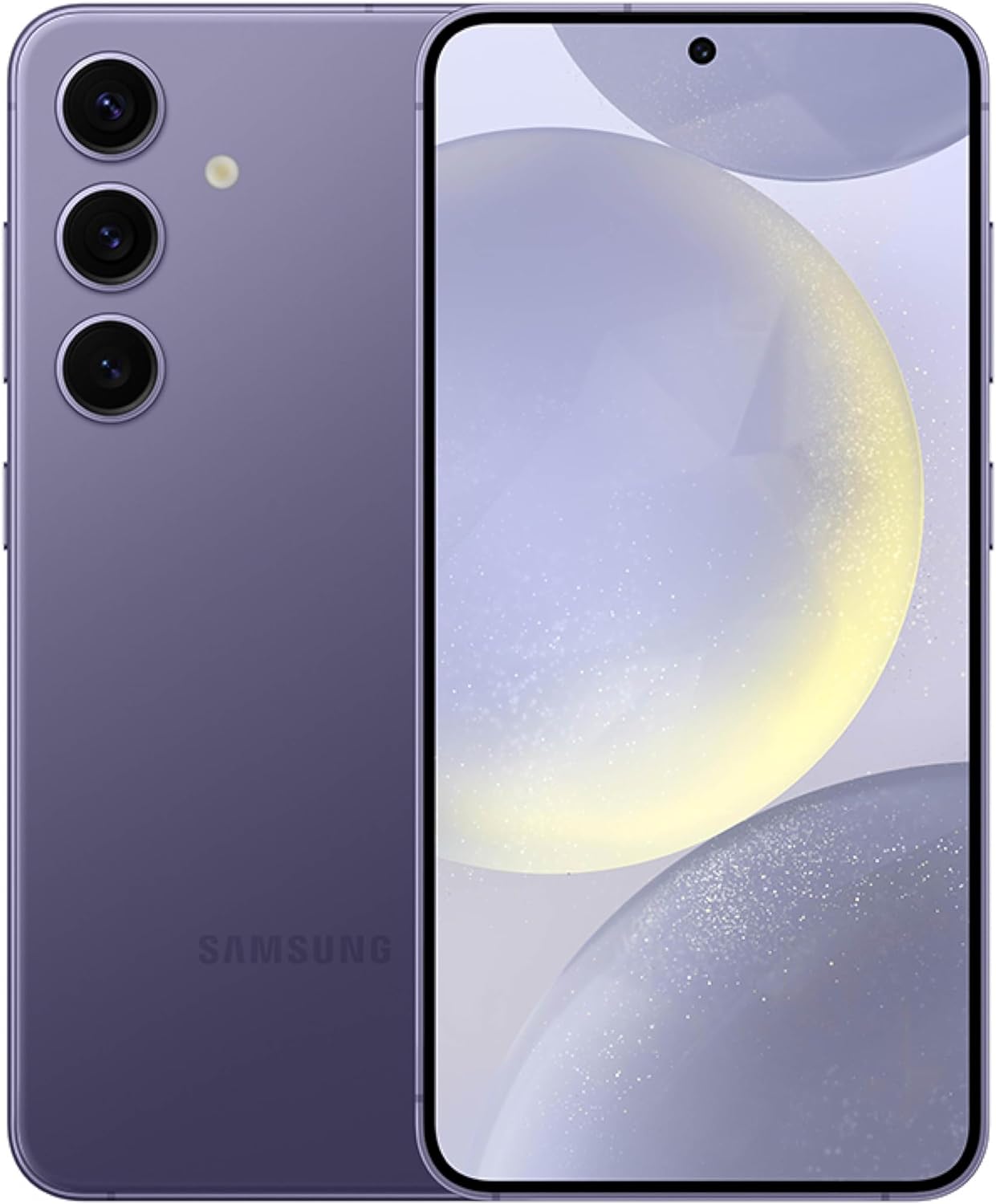
If iPhones aren't for you, there's always Android — and the best Androids tend to come from Samsung. The Galaxy S24 is last year's flagship and has all the appropriate features to go with it.
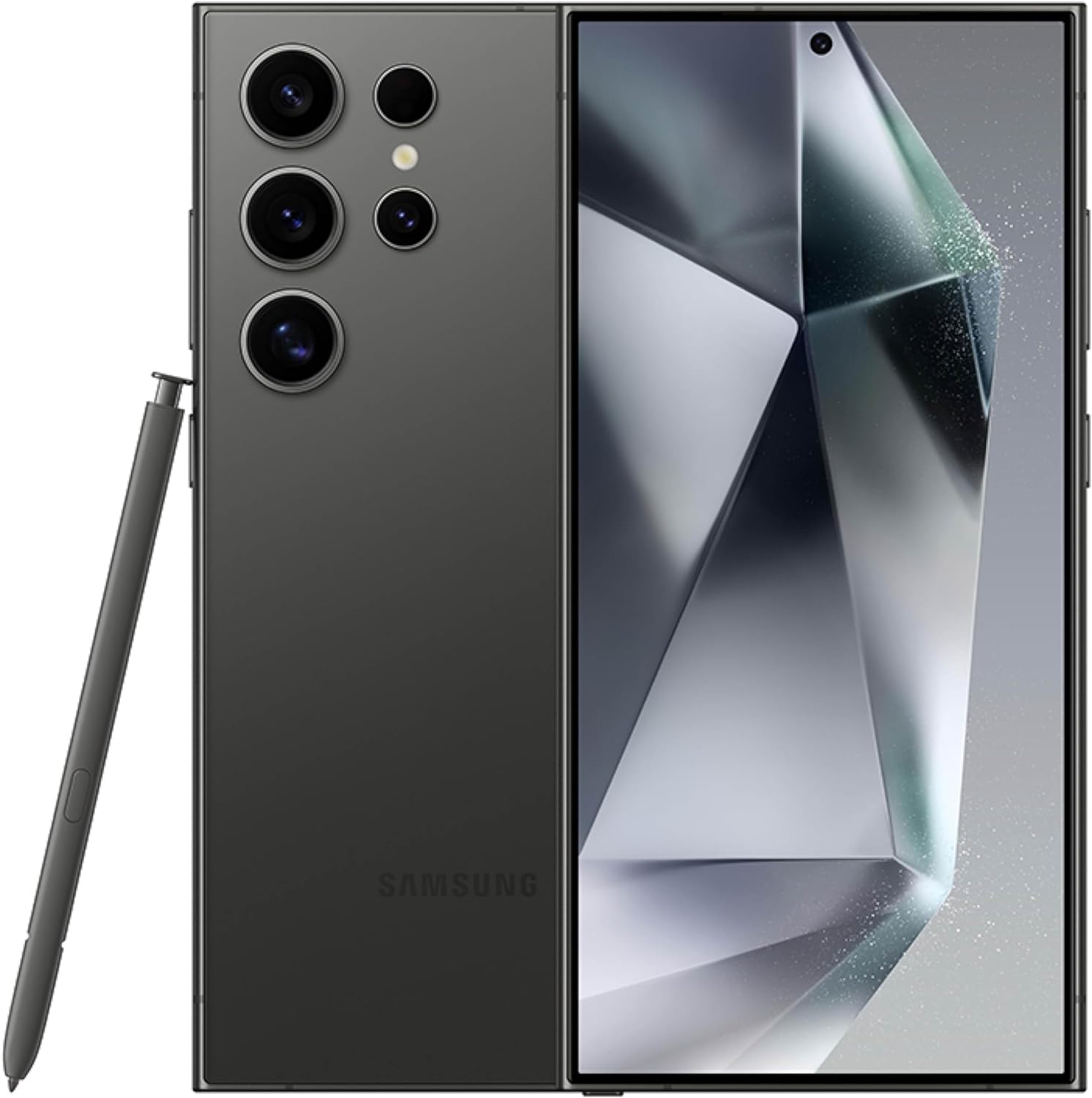
If you want a more tablet-inspired experience in your phone, then the Samsung Galaxy S24 Ultra is one to check out. This 6.9-inch display offers the best of the Galaxy S24 range, with a gorgeous display and fantastic photography capabilities.
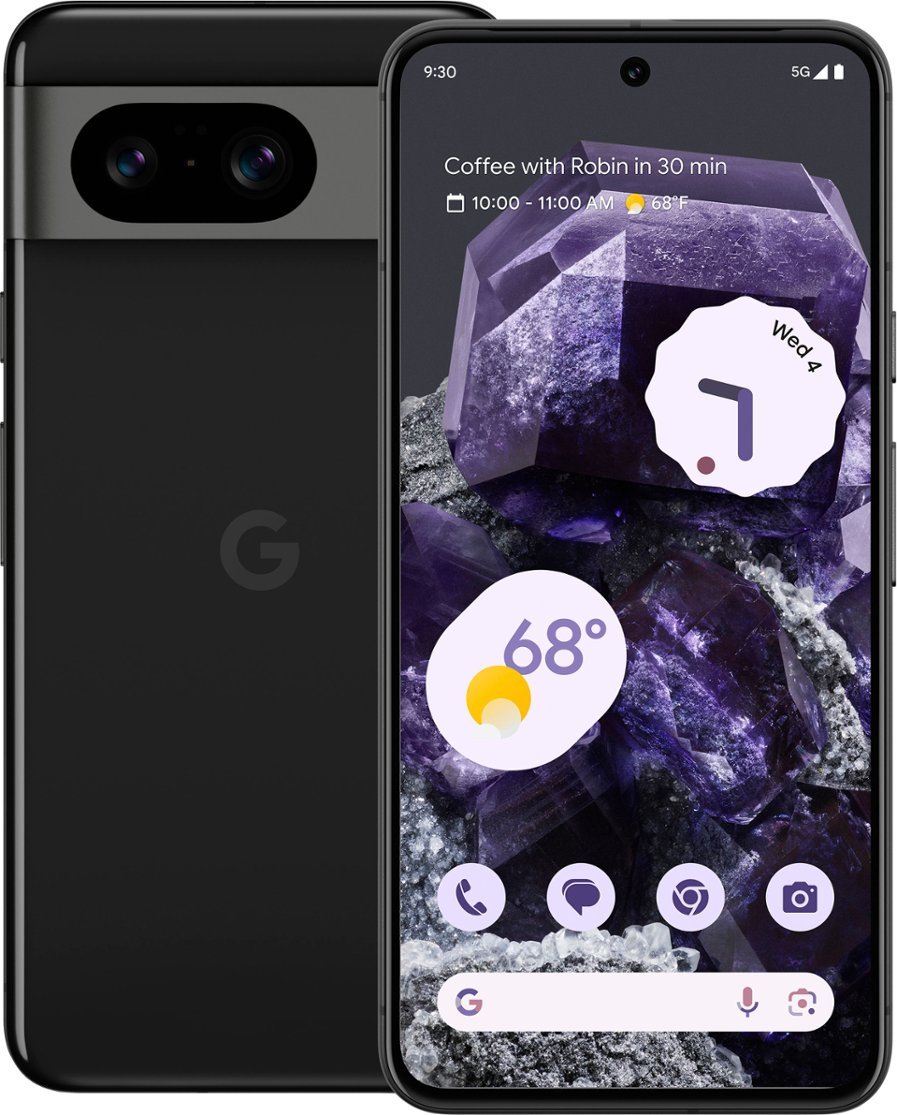
Google Pixel 8 offers a great array of features for slightly less than other flagships. There's a gorgeous bright display, powerful AI editing features, terrific cameras and early access to the latest and best Android updates.
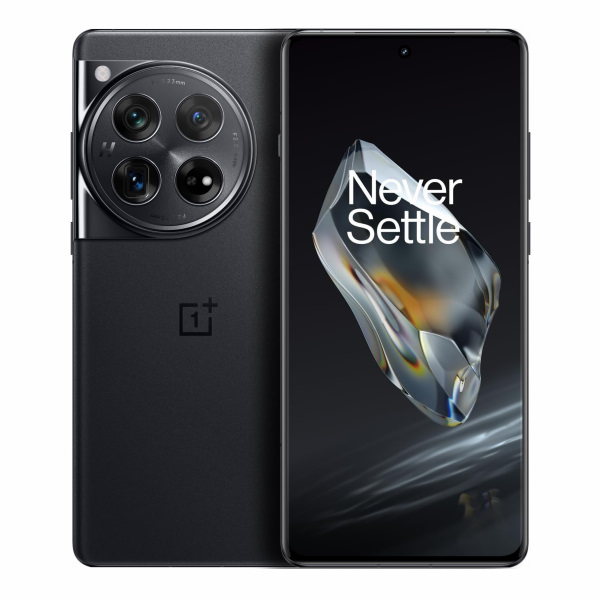
If you're looking for something with flagship killer status, there's always the OnePlus 11. Not only does this phone offer excellent battery life, it also comes with a gorgeous design, the best OnePlus cameras at the time of release and a cheaper price tag. Oxygen OS is pretty clean and nice to use as well.
The full list: Best used smartphones you can buy today
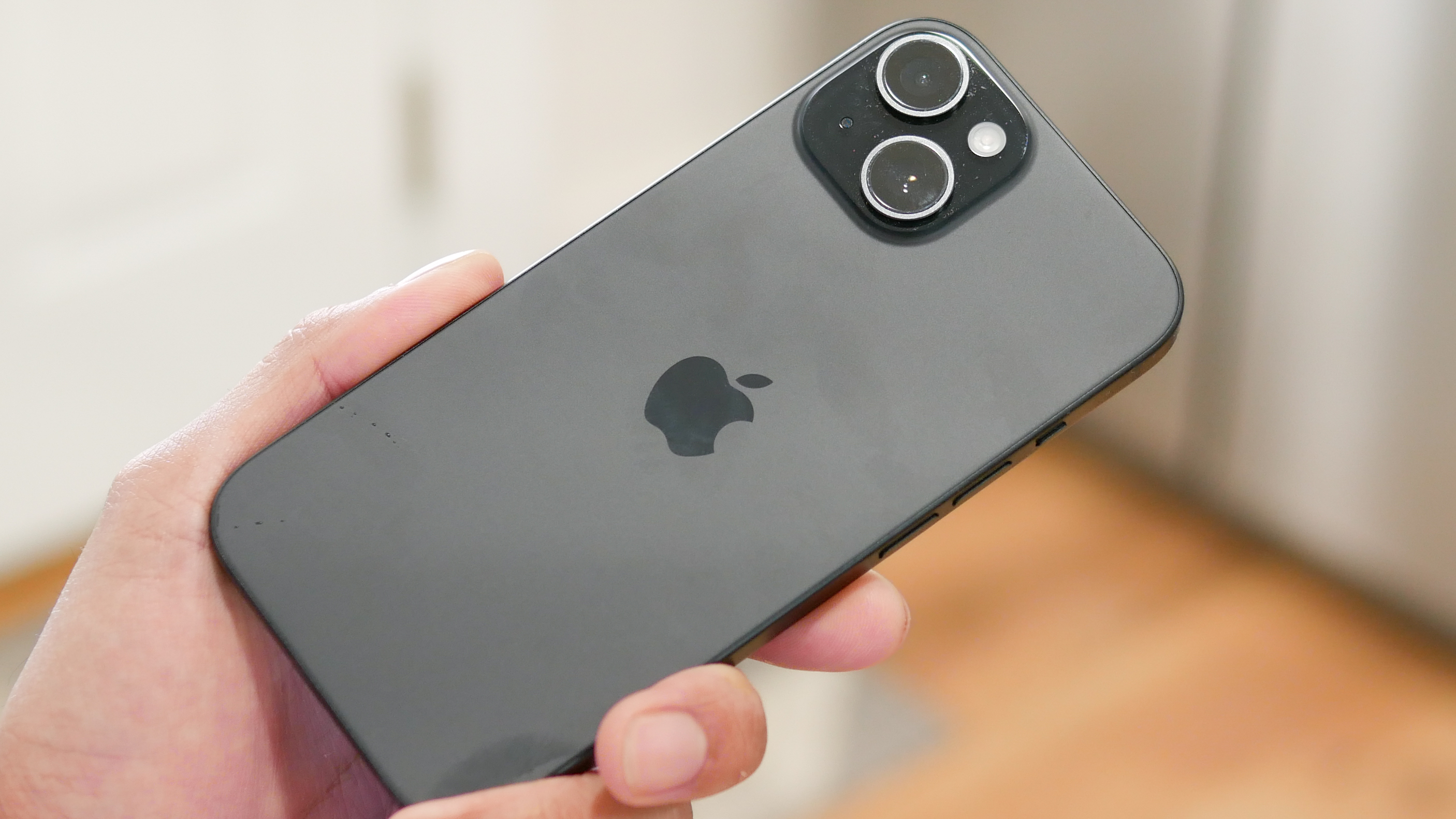
Specifications
Reasons to buy
Reasons to avoid
The iPhone 16 may be the most exciting new iPhone on the block, but there's still plenty to like about the iPhone 15. Not only is the iPhone 15 cheaper to buy outright, you can also save even more cash by picking up a used model. It may lack some of the features of its successor, but it's still one of the best iPhones you can buy.
The 48MP main camera and 12MP ultrawide lens can take some incredible photos, and the A16 Bionic is still a rather powerful chipset — even if it is now 2 years old. Better still the screen has been upgraded with the Dynamic Island cutout, ditching the notch at last and offering an expandable mini-display of sorts. The display also offers a brighter Super Retina XDR panel, even if the refresh rate is stuck at 60Hz.
Get instant access to breaking news, the hottest reviews, great deals and helpful tips.
Better still the iPhone 15 marked the change from Lighting to USB-C. The phone doesn't have the same data transfer and charging speed upgrades as the iPhone 15 Pro, but it does mean you can stop worrying about your iPhone needing a different charging cable to all your other gadgets.
Of course if you're not ready for an iPhone 15 right now, keep your eyes open for a bargain. Now that the iPhone 16 is officially here, iPhone 15 prices are only going to decrease.
What you'll pay for a used iPhone 15
From $386 on Swappa
From $516 on Amazon (Refurbished)
From $351 on Gazelle
Read our full iPhone 15 review
Best cheap used smartphone


Specifications
Reasons to buy
Reasons to avoid
The Pixel 8a is an outstanding value phone, made better with the added savings you'll get picking it up used. When it launched, it had a sticker price of $500, but you'll end up paying more than half that in the aftermarket.
Not only is it available in charming colors, but its matte-like outer finish gives it a clean look that also makes it super comfortable to hold. Although it's largely praised for its excellent camera performance, it's the new batch of Google AI features that make it a resounding package, made better by Google's long software support. .
What you'll pay for a used Pixel 8a
From $297 on Amazon (refurbished)
From $325 on Gazelle
From $220 on Swappa
Read our full Pixel 8a review.
Best used Android smartphone
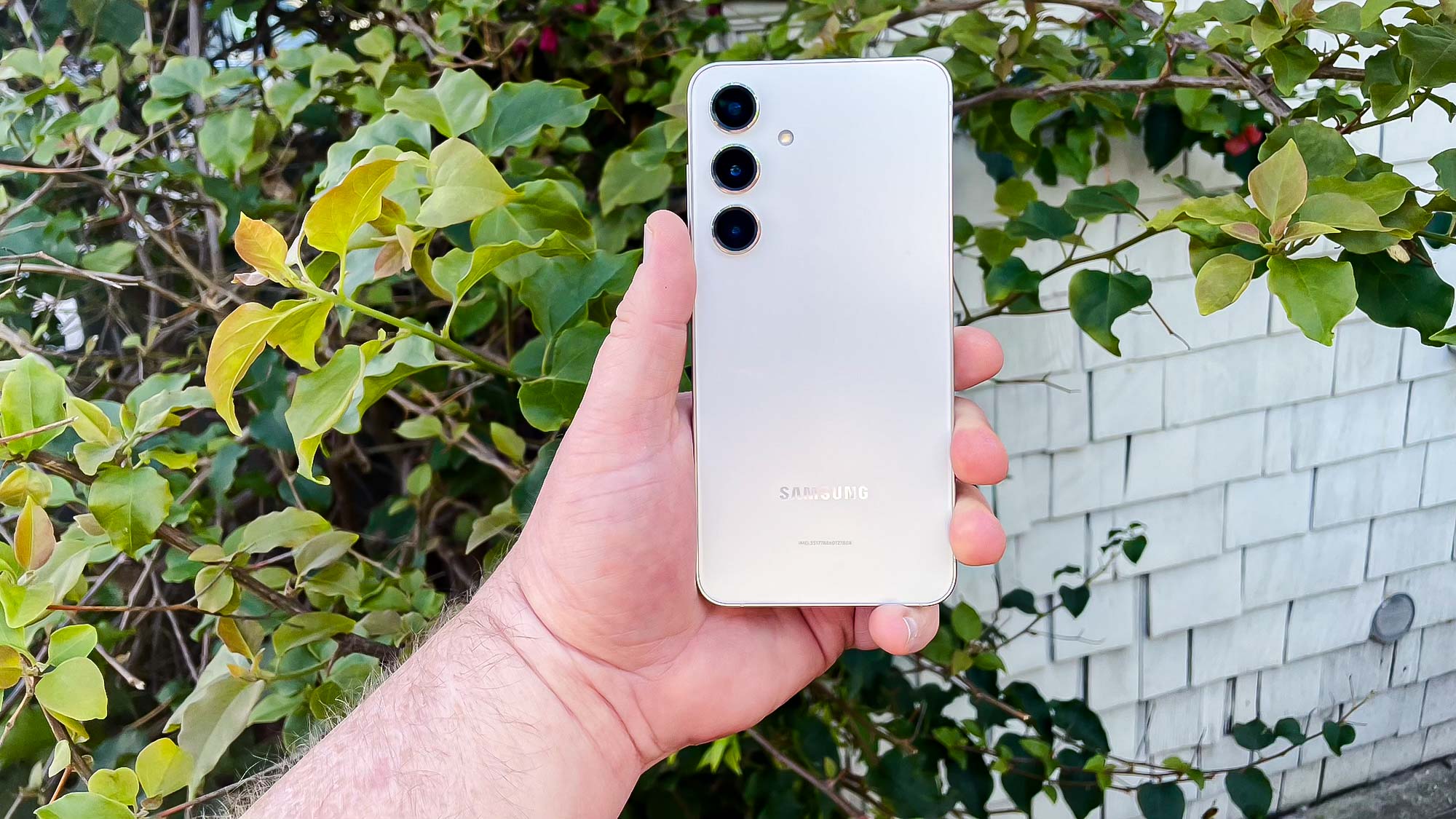
Specifications
Reasons to buy
Reasons to avoid
With the introduction of the Galaxy S24, Samsung ushers in a new era for its flagship series thanks to Galaxy AI. These AI-assisted features make a huge difference in saving you time, like being able to transcribe and summarize voice notes, removing subjects from photos, and more.
If that's not enough, Samsung improves the battery life over the previous model, while its triple camera system has the range and utility to give the iPhone 15 competition in our 200 photo face-off. And with the Snapdragon 8 Gen 3 for Galaxy calling the shots, it delivers all the smooth responses that make games run so effortlessly on its 6.2-inch AMOLED panel.
What you'll pay for a Samsung Galaxy S24
From $389 on Amazon (Refurbished)
From $288 on Swappa
From $325 on Gazelle
Read our full Samsung Galaxy S24 review.
Best used phablet
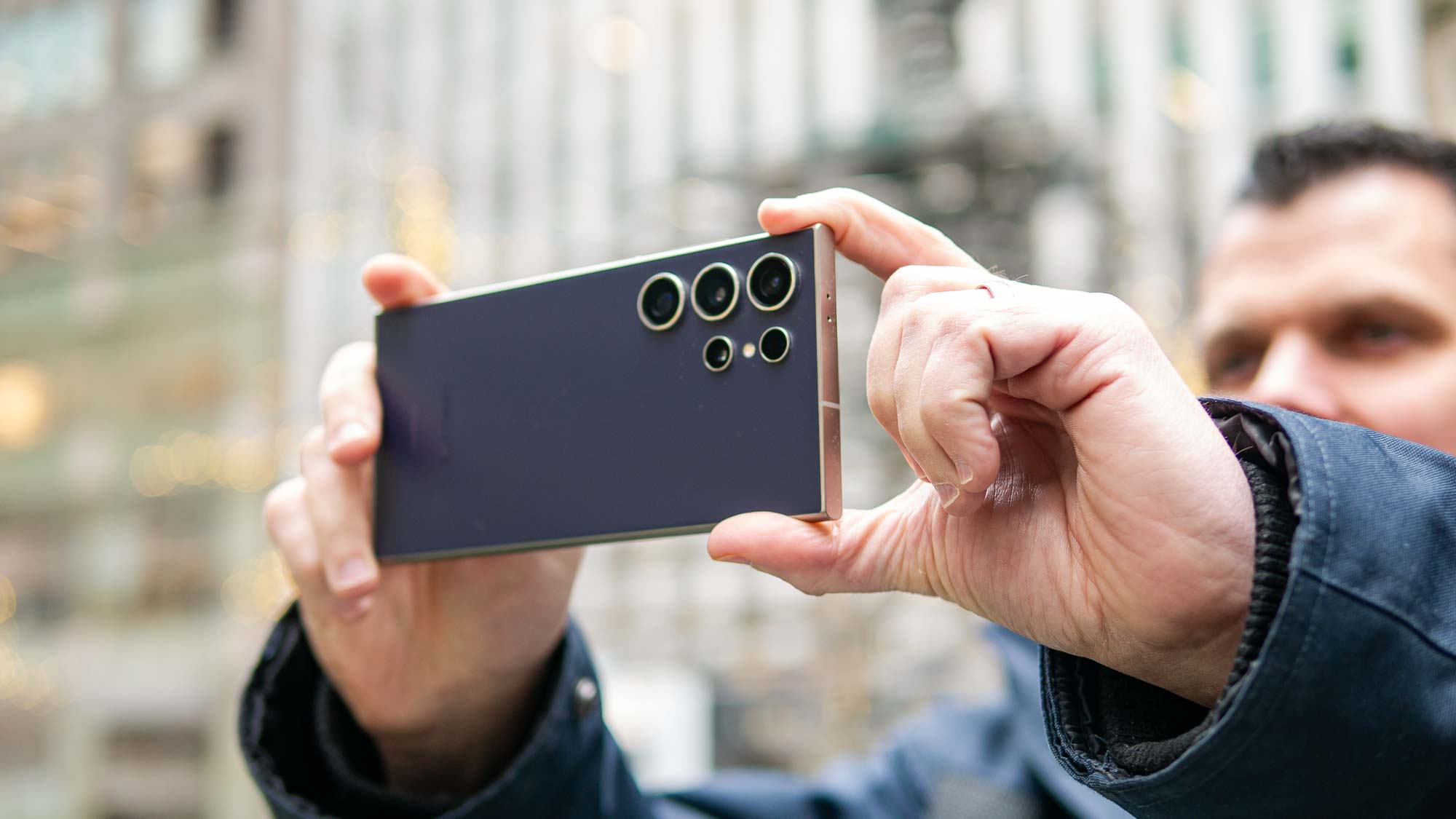
Specifications
Reasons to buy
Reasons to avoid
Buying a phablet like the new Galaxy S25 Ultra will set you back an easy $1,299, which is a lot. That's why you should look into a used Galaxy S24 Ultra because you could end up paying nearly half that cost.
Given how the Galaxy S24 Ultra was given the One UI 7 update, it actually acquires some of the new Galaxy AI features introduced with the Galaxy S25 Ultra, like the Now Bar and Now Brief. Beyond the Galaxy AI features, the Galaxy S25 Ultra is still the best camera phone you can get with its versatile quadruple camera system and slick AI-assisted editing tools.
What you'll pay for a used Galaxy S24 Ultra
From $699 on Amazon (Refurbished)
From $524 on Swappa
From $577 on Gazelle
Read our full Samsung Galaxy S24 Ultra review.
Best used Pixel phone
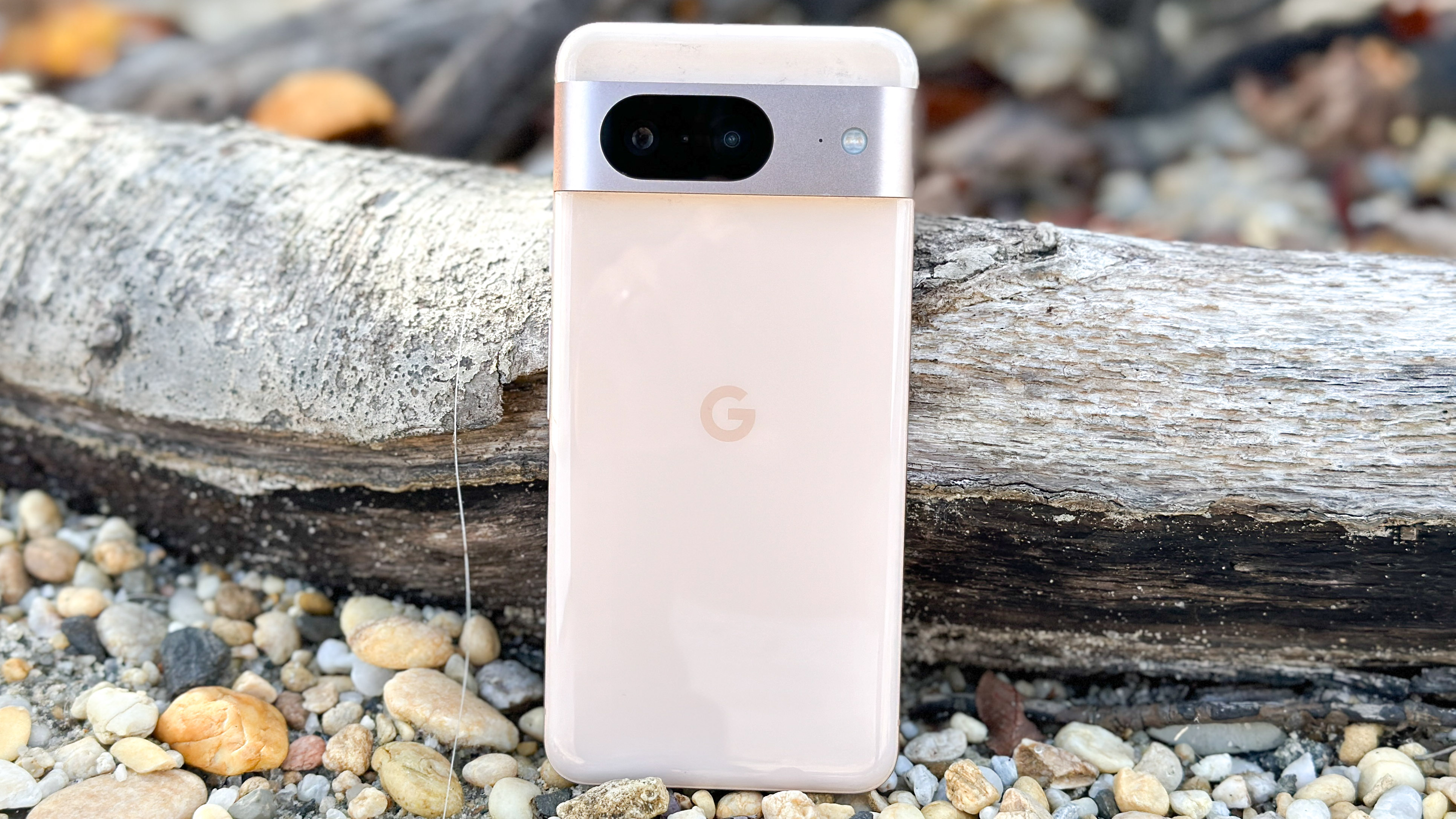
Specifications
Reasons to buy
Reasons to avoid
The Google Pixel 8 has a lot going for it, but the fact the price went up by $100 always stung a little bit. Thankfully the ability to buy used means you can offset that cost, provided you're willing to accept this phone is now a year old. And with it you get a whole range of AI-centric features, including photo editing and Gemini Nano's on-device AI — all powered by the Tensor G3.
The Tensor G3 does mean that this isn't going to be a performance monster, but that's never been the Pixel series' strongsuit anyway. At least Google says that the chip will bolster your security, improve camera quality and let you pull out the Magic Editor on those slightly mis-shot vacation snaps.
Not to mention the fact that the extra-bright Actua display means the screen looks incredible in all kinds of conditions. Plus the battery life, while not incredible, is a marked improvement over the disastrous lifespan of the Pixel 7.
What you'll pay for a used Google Pixel 8
From $414 on Amazon (Refurbished)
From $287 on Swappa
From $368 on Gazelle
Read our full Pixel 8 review
Best wildcard used phone
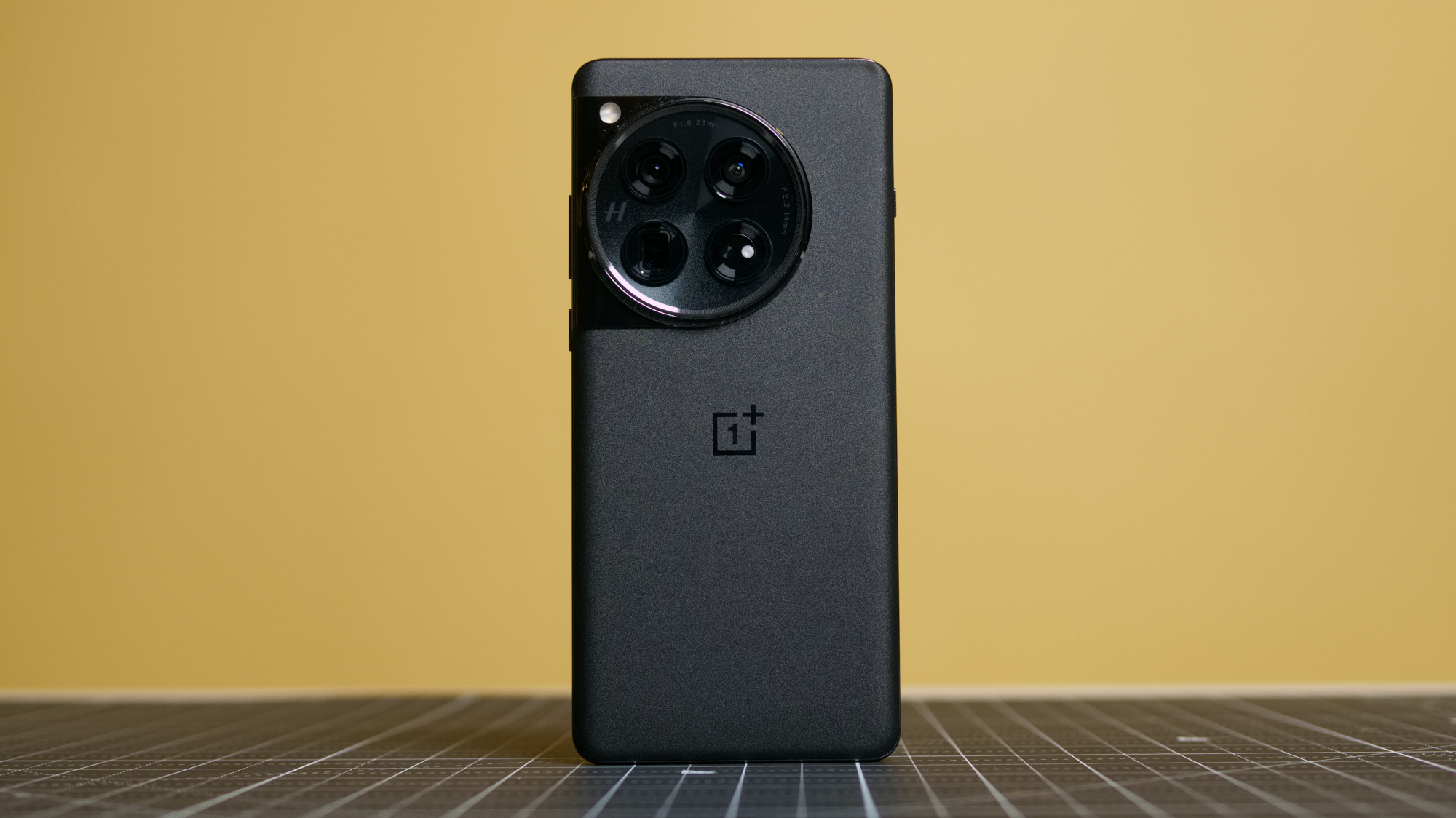
Specifications
Reasons to buy
Reasons to avoid
Even though it's already at a considerable discount over other flagship models, the OnePlus 12 used gets a bit more shaved off its price. And that's excellent new considering how it's no slouch when it comes to its features.
Not only does it bring back wireless charging, but its triple camera system complete with a periscope shooter captures excellent photos, including around astrophotography. With the Snapdragon 8 Gen 3 calling the shots, it delivers outstanding results, particularly around gaming where its responsiveness is unmatched. Add in the fact that it boosts its battery life performance over other phones, getting a used OnePlus 12 will make you forget about buying new.
What you'll pay for a used OnePlus 12
From $529 on Amazon (Renewed)
From $540 on Swappa
Read our full OnePlus 12 review.
How to pick the best used smartphone for you
Deciding which used smartphone to buy is a bit harder than choosing a new phone, for obvious reasons. Aside from the fact you want to ensure the particular device you're looking at is in acceptable condition, you also have to consider whether or not the model you're interested in will be up to the task to handle what you expect to throw at it.
Flagship smartphones are more powerful than many of us realize, and so even if you buy a device that's two years old, you're still likely to get a phone that's more than powerful enough to handle everyday tasks. From browsing social media apps and websites, to GPS navigation, video and music streaming and snapping photos.
Where you might begin to see an older phone sweat pertains to those really taxing use cases, like playing the most strenuous, graphically rich mobile games and 4K video recording. Additionally, if the battery in an old phone has never been replaced with a fresh unit, it's likely deteriorated to the point where it won't last very long on a charge — another factor to consider.
You also have to be mindful of the status of software and security updates on the device. This is a particular area in which it pays to buy an older iPhone, because Apple supports its handsets for far longer than the standard 2-3 year policies Android phone makers commit to. In fact, the iPhone 8 — a device that released in 2017 — can still get iOS 17, the upcoming version of Apple's mobile operating system. The best case scenario on Android is the four years of updates Google reserves for its own Pixel devices and Samsung devices bought after 2019.
How we test smartphones
Every smartphone Tom’s Guide evaluates is tested for several days in real-world use cases and benchmarked with a gamut of performance-measuring apps. In terms of performance, we used Geekbench 5 to measure overall speed and GFXBench to measure graphics performance.
We also use our own video editing test in the Adobe Premiere Rush app to see how long it takes to transcode a clip, which we run on both Android phones and iPhone to compare performance.
We use a light meter to ascertain display quality data, like brightness and color accuracy, and our proprietary battery test determines longevity on a charge by continuously loading live webpages over a 4G or 5G network. We set each phone to 150 nits of screen brightness and try to use T-Mobile's network each time in order to achieve comparable results across phones.
Lastly, we explore the software, test gaming performance and conduct live camera comparisons with rival handsets — and each of these factors play a part in our comprehensive verdict.

Tom is the Tom's Guide's UK Phones Editor, tackling the latest smartphone news and vocally expressing his opinions about upcoming features or changes. It's long way from his days as editor of Gizmodo UK, when pretty much everything was on the table. He’s usually found trying to squeeze another giant Lego set onto the shelf, draining very large cups of coffee, or complaining about how terrible his Smart TV is.
You must confirm your public display name before commenting
Please logout and then login again, you will then be prompted to enter your display name.
